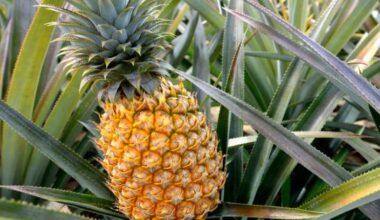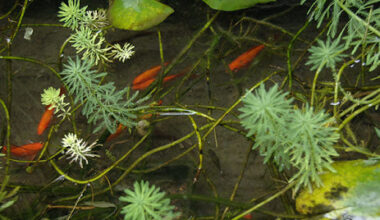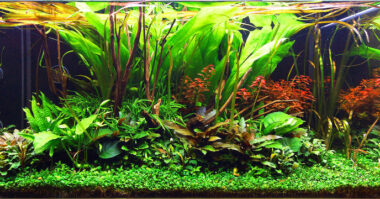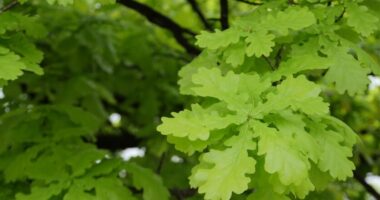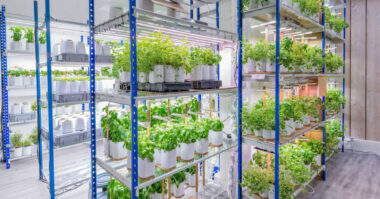The fruit is the main goal in the life of a plant. It is the production of fruit that allows plants to perpetuate the species, because it is the fruit that contains the seeds.
The fruit is very different from one plant to another. The apple, the orange, the cherry… are all fruits, but the casserole is also a fruit, it is simply not edible for humans.
In gardening, the fruit is the result of a fertilized flower, which becomes the container that carries the seed. Some fruits contain only one seed, such as avocado, but others contain many, such as chilli pepper.
Contents
The birth of fruit
Always in a flowering plant, after fertilization, the ovary transforms into a fruit that will protect the seeds and contribute to their dissemination. We distinguish :
- fleshy fruits: drupe or stone fruit (peach), berry (redcurrant) and pome fruit (grape), false fruit (apple, strawberry),
- non-fleshy fruits: capsule (poppy), pod (pea), follicle (star anise), silica (mustard), achene (walnut), caryopsis (rice).
Fleshy fruits are eaten by birds and animals, which help to disperse the seeds: we then speak of indiscriminate fruits, with seeds enclosed in the fruit. On the other hand, dehiscent fruits, once dry and mature, let their seeds escape naturally. The seeds will thus be dispersed as far as possible from the mother plant. And the cycle will start again…
To summarize, the seed consists of the embryo (the seedling), resulting from the sexual reproduction of plants, and reserves. It is at the embryo stage that the seed enters in dormancy. The ovum, the reproductive organ of the plant, is enclosed in the ovary (the pistil). The transformation of the ovule leads to the seed and that of the ovary to the fruit. The seeds are therefore located inside the fruit, which protects them.
Fruits play a major role in the reproduction of flowering plants. In addition to their protective role, fruits facilitate the dispersal of seeds.
A distinction must be made between the fruit which is the result of the transformation of the ovary and the term fruit used in everyday language for plants eaten as a dessert.
The cycle of a flowering plant
Flowering plants, also called “angiosperms”, go through several phases that make up a cycle, reproducing once in annual and biennial plants, and several years in a row in perennials:
- Germination : the rising of the seeds, dependent on the contributions of water, light and heat ;
- Growth : the plant develops its foliage rather quickly which will accumulate the nutritive reserves ;
- Maturity: the flowering starts while the growth of the leaves slows down;
- Flowering: the reserves come to support the flowering then the reproduction;
- Rise to seeds: when the flowers are fertilized, they evolve into fruits containing seeds that will ripen and then disperse.
Where does the fruit we eat come from?
Indeed it is difficult to imagine that the fruits and vegetables we eat have a distant origin and a different genetics. These fruits and vegetables have been brought back from Asia, America, Africa by explorers.
Christopher Columbus, for example, contributed during the discovery of America to the introduction of many fruits and vegetables in Europe.
In the beginning, fruits and vegetables were present in nature in a “wild” way. Gradually, people cultivated these species to feed themselves. New varieties appeared “accidentally” by natural pollination by insects such as bees, bumblebees, butterflies … and others by the hand of man with agriculture.
What is the oldest fruit to date?
The fig would be the oldest cultivated fruit. Figs were found in 2006 in the Jordan Valley and are estimated to date between 9400 and 9200 BC. Carpologists (seed and seed archaeologists) consider that figs were domesticated in the Near East at the same time as rice in Asia, a thousand years before wheat and barley.
No wonder then that the Bible is full of references to the fig (“They shall dwell each one under his vine and under his fig tree…”) and that the fig tree is considered the emblem of the Mediterranean basin. In Ancient Greece, the fig was recommended to athletes, it was considered by Plato as the “food of athletes par excellence”.
In Rome, Romulus and Remus were discovered by the she-wolf under a fig tree. Pliny the Elder already listed about thirty different varieties of figs in the first century. Later, La Quintinie, the famous gardener of Louis XIV, planted more than 700 fig trees in the vegetable garden of the Palace of Versailles, the Sun King being a great lover of this fruit.
Summary
A fruit results, in the majority of cases, from the development of the female part (ovary) of a fertilized flower. Fertilization occurs when pollen from the stamens (male part of a flower) reaches the stigma of the ovary of a flower of the same species. This pollen must then “germinate” and reach the ovules, which will give the seeds.

